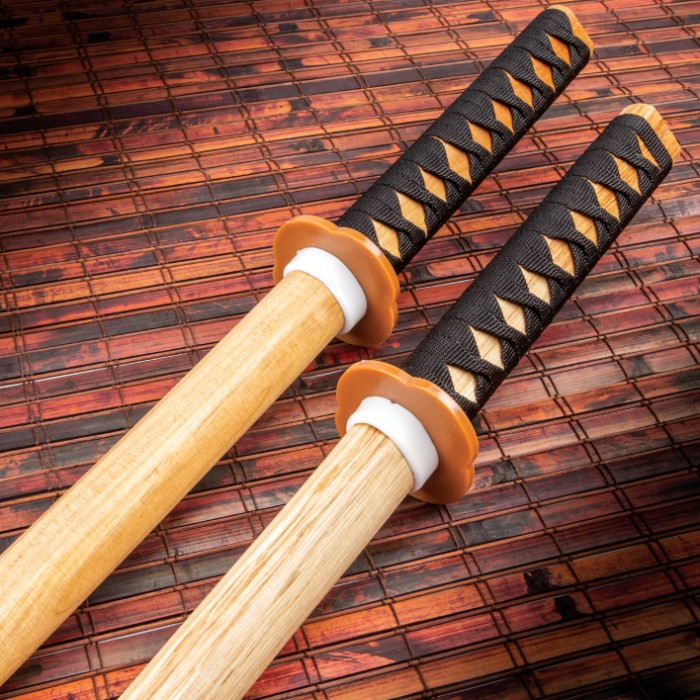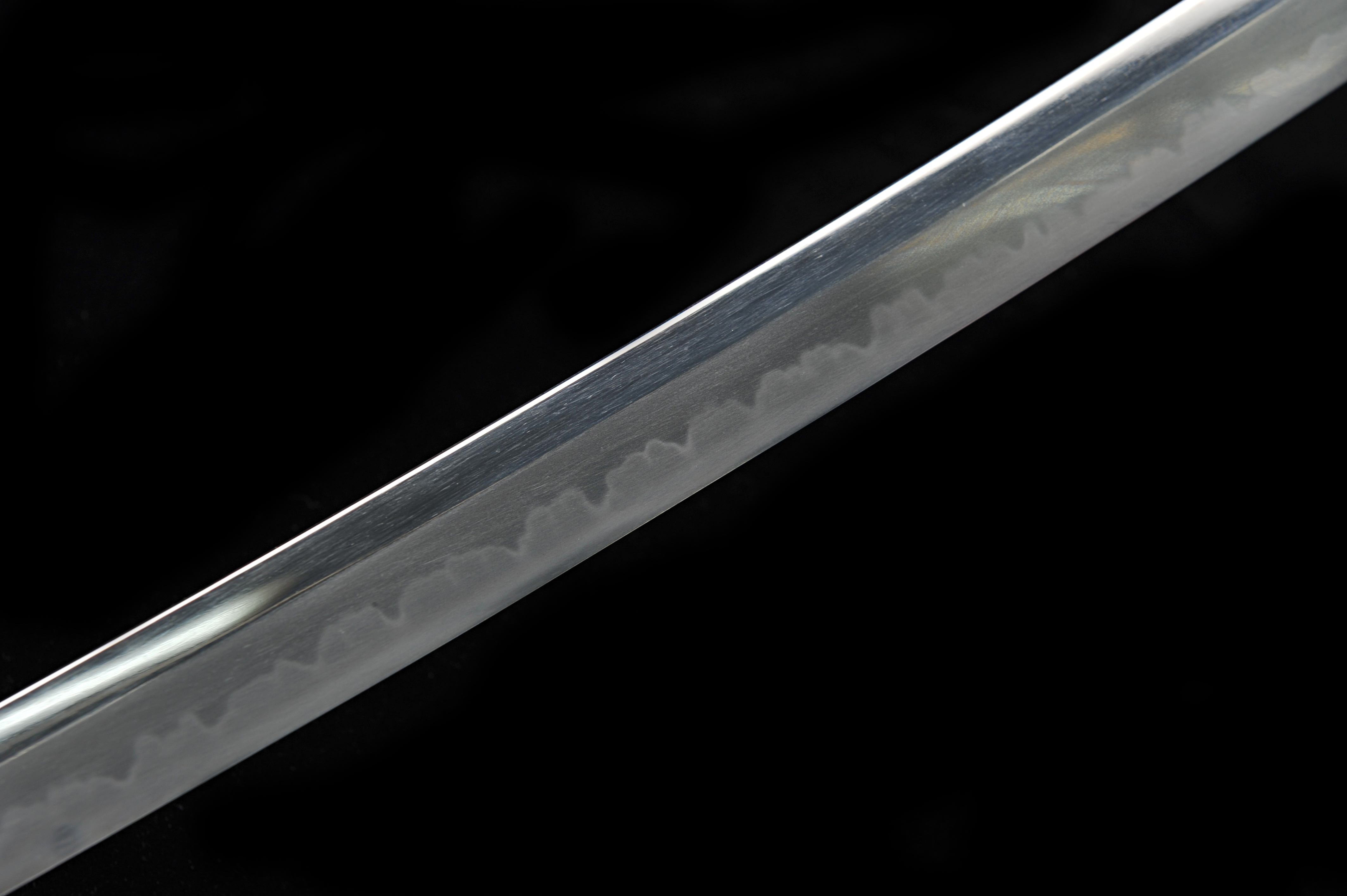
This is because tachi and katana blades are traditionally displayed in the orientation in which they would originally have been worn on the body. You may notice that in photographs of Japanese swords that some are positioned with the blades facing up and others with the blades facing down. It has a curved, single-edged blade that is. In contrast, the new katana could be worn inserted into the sash, with the blade facing up. What is a katana The katana is a Japanese sword used by Samurai, an aristocratic warrior class in feudal Japan.

The odachi sword is a big, two-handed sword that was mainly used against cavalry in open-field battles.

The heavier and longer tachi was worn slung from the waist, with the blade facing down. Odachi, or Nodachi sword, as it’s sometimes called, was a samurai sword that was one of the more traditional swords used by the samurais on a battlefield. The change in type of of sword also influenced how they were worn. While the very long tachi had been the main type of blade up through the middle of the Muromachi period (1392–1573), it was thereafter replaced with the shorter, lighter uchigatana, or katana. The fighting ended with the advent of the Tokugawa Shogunate, which led to significant changes in the demand, supply, and crafting methods for swords. (There are also additional subcategories that signify various differences within the different time periods.) The Battle of Sekigahara of 1600 is often cited as the borderline between "old" and "new" Japanese swords in other words, the type of swords made and used in Japan changed dramatically in the years surrounding the Keichō era (1596–1615).

Historically, sword production falls into three broad categories:”old swords” (kotō), ”new swords” (shintō) and ”new,new swords” (shinshintō).


 0 kommentar(er)
0 kommentar(er)
